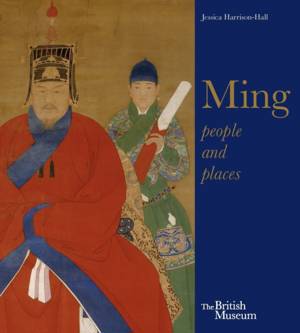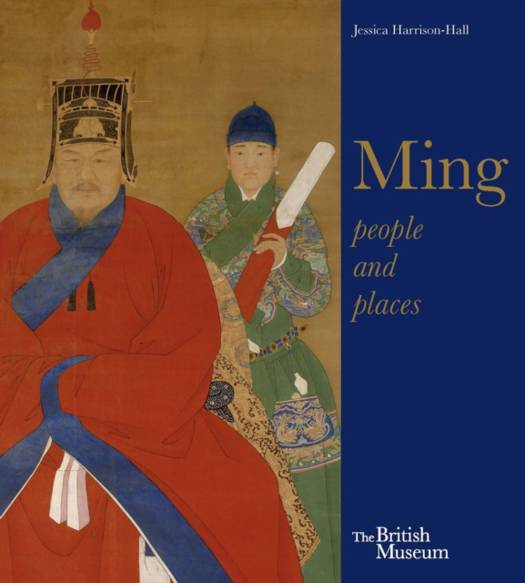
- Afhalen na 1 uur in een winkel met voorraad
- Gratis thuislevering in België vanaf € 30
- Ruim aanbod met 7 miljoen producten
- Afhalen na 1 uur in een winkel met voorraad
- Gratis thuislevering in België vanaf € 30
- Ruim aanbod met 7 miljoen producten
Zoeken
Omschrijving
The Ming dynasty (1368-1644) is regarded as China's 'golden age', equivalent in British history to the Elizabethan era. The colourful and rich nature of life for the emperors and their families within the vast palaces of Nanjing, Beijing and beyond is captured in the exquisite imperial portraits, paintings, costumes and jewellery. Beyond the courts, outdoor spaces were enjoyed by many people, and journeys into the countryside undertaken for different purposes. Parties were held in gardens with friends and sports such as football and golf kept people fit. Amongst other goods, Chinese porcelain and silk were highly regarded throughout the world at this time.
Through the themes of people and places and a wealth of objects, this beautifully illustrated little book provides a concise and fascinating introduction to the Ming period. The author looks at the main production centres, the extensive distribution networks, and the roles of craftsmen, salesmen and customers. As so much of our knowledge of Ming China derives from archaeology, tombs of royals and non-royals are featured and major finds from them illustrated. Religious sites - monasteries, temples and mosques - are also explored; rare surviving examples of architecture from the Ming period. The book concludes with an introduction to some of the imagined spaces of the Ming, including realms for various gods.
Through the themes of people and places and a wealth of objects, this beautifully illustrated little book provides a concise and fascinating introduction to the Ming period. The author looks at the main production centres, the extensive distribution networks, and the roles of craftsmen, salesmen and customers. As so much of our knowledge of Ming China derives from archaeology, tombs of royals and non-royals are featured and major finds from them illustrated. Religious sites - monasteries, temples and mosques - are also explored; rare surviving examples of architecture from the Ming period. The book concludes with an introduction to some of the imagined spaces of the Ming, including realms for various gods.
Specificaties
Betrokkenen
- Auteur(s):
- Uitgeverij:
Inhoud
- Aantal bladzijden:
- 96
- Taal:
- Engels
Eigenschappen
- Productcode (EAN):
- 9780714124834
- Verschijningsdatum:
- 22/09/2014
- Uitvoering:
- Paperback
- Formaat:
- Trade paperback (VS)
- Afmetingen:
- 165 mm x 188 mm
- Gewicht:
- 317 g

Alleen bij Standaard Boekhandel
+ 27 punten op je klantenkaart van Standaard Boekhandel
Beoordelingen
We publiceren alleen reviews die voldoen aan de voorwaarden voor reviews. Bekijk onze voorwaarden voor reviews.








